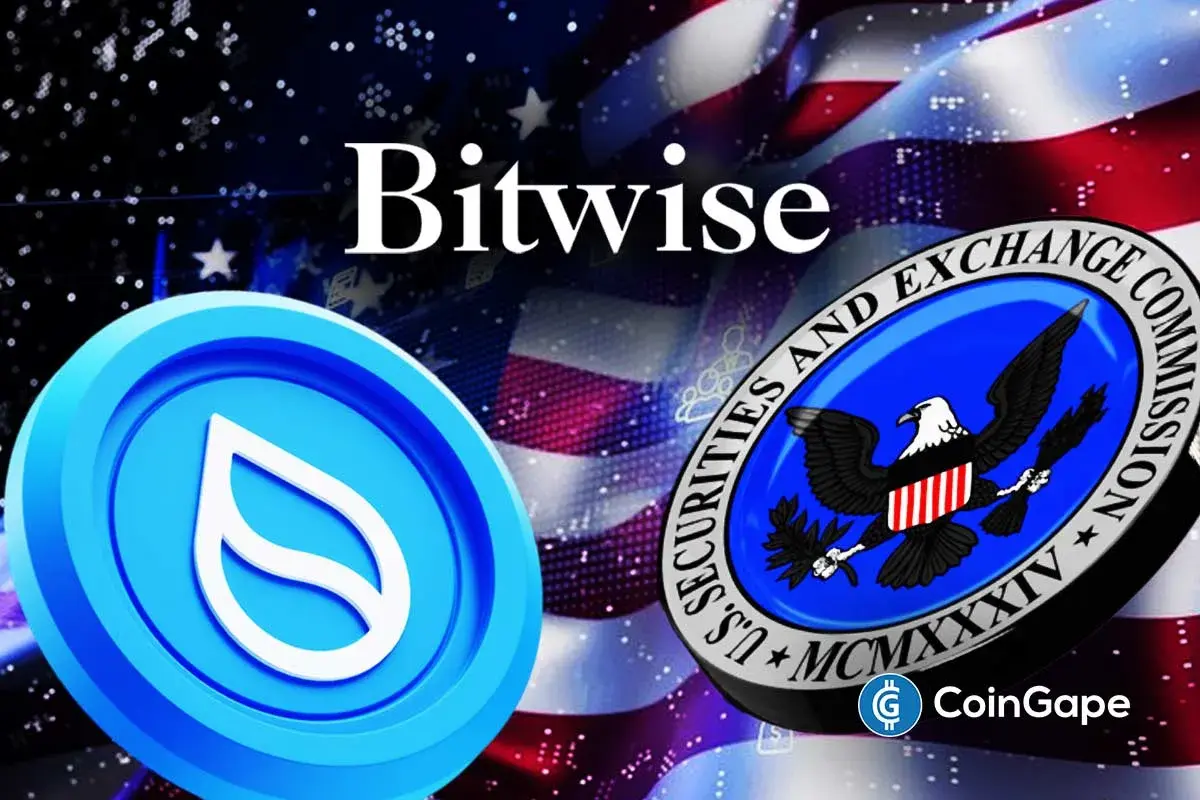The debate pitting Ethereum versus Solana as rival L1s misses how radically their architectures diverged in 2025. Ethereum evolved into a settlement layer for modular rollups, while Solana doubled down on monolithic throughput.
Ethereum abandoned the monolithic-chain race years ago, as its roadmap treats the base layer as settlement infrastructure. At the same time, execution occurs on layer-2 (L2) rollups that post state roots back to the mainnet.
Solana made the opposite bet, with one unified ledger, sub-second slot times, and a proof-of-history pipeline that sequences transactions in a single global ledger.
Both paths deliver transactions that feel instant to users clicking “send,” but the security models diverge sharply once you ask what happens in the seconds, minutes, or days after that click.
The question builders face in 2026 isn’t which chain runs faster in a vacuum; it’s which one is more efficient in a practical application. It’s about which model delivers lower friction for the application they want to build, and how much they’re willing to pay, in terms of latency, complexity, or exit time, for the assurances each system provides.
Monolithic speed versus modular finality
Solana’s architecture collapses inclusion, confirmation, and economic finality into a single 400-millisecond slot when the network runs smoothly.
Validators vote on blocks using a proof-of-history clock that timestamps transactions before consensus, allowing the network to pipeline throughput without waiting for traditional BFT round-trips.
Users see confirmation streams after two-thirds of stake votes on the block, typically within half a second, and complete finality arrives around 12 seconds later.
Jakob Povšič, co-founder of Temporal, described the user-facing result in a note:
“For most end users, a transaction is considered ‘confirmed’ once two-thirds of the network have voted on its block, which takes less than half a second.”
Ethereum’s modular design separates those steps. Rollups sequence transactions off-chain: Arbitrum produces blocks every 250 milliseconds, while Optimism produces blocks every two seconds. As a result, users see “soft” finality the moment the sequencer accepts the transaction.
But economic finality only arrives when the rollup posts its state root to L1 and the dispute or validity window closes.
Optimistic rollups impose seven-day challenge periods before users can withdraw to mainnet, while ZK rollups compress that to 15 minutes or a few hours by submitting validity proofs.
Will Papper, co-founder of Syndicate, argued the delay matters less than it appears. In a note, he added:
“Many instant bridges feel comfortable operating on non-finalized rollup states anyway. L2s deliver sub-second inclusion for apps that rarely bridge to L1, but applications requiring frequent mainnet settlement pay a time cost Solana avoids.”
What users actually feel
The architecture difference reshapes how each system handles congestion, fees, and failure. On Solana, the base fee remains fixed at 5,000 lamports per signature, roughly $0.0001, while priority fees allow users to bid for inclusion during traffic spikes.
Stake-weighted quality-of-service routes high-priority transactions from known validators faster, and local fee markets prevent single hot accounts from clogging the scheduler.
Most retail transactions land under one cent. When the system fails, it fails globally: the Feb. 6, 2024, Solana halt lasted four hours and 46 minutes after a legacy loader bug forced validators to restart the cluster.
L2 fees fluctuate with Ethereum’s blob market. Still, the introduction of Dencun’s blob in March 2024 and Pectra’s capacity increases in May 2025 drove typical “send” transactions to single-digit cents on major rollups.
The failure modes differ: an L2 sequencer going offline pauses user activity on that rollup even when Ethereum L1 operates normally.
Base’s 45-minute halt in September 2023 and Optimism and Starknet’s multi-hour disruptions in 2024-25 illustrate the localized risk.
Fault proofs and force-inclusion mechanisms provide escape hatches, but UX during an outage depends on whether the affected rollup has implemented those backstops.
Challenge windows and withdrawal reality
The seven-day optimistic rollup withdrawal window exists because fraud proofs require time for validators to submit challenges if execution was incorrect.
OP Mainnet, Base, and Arbitrum all enforce the delay. Papper suggested the delay has become invisible, saying that “ideally these internals are invisible from a UX perspective.”
Third-party bridges mitigate the delay by lending liquidity, allowing users to experience near-instant exits for a small fee. ZK rollups eliminate the challenge period by submitting validity proofs, allowing withdrawals in minutes to hours.
Solana has no withdrawal window because transactions settle directly on L1. The unified state means there’s no secondary chain to exit from, so “finality” and “withdrawal” collapse into the same 12-second threshold.
That simplicity removes a layer of bridging trust but concentrates all failure risk in the validator client and network stack.
MEV extraction on Solana flows through Jito’s block engine, which validators integrate to auction bundle space.
Stake-weighted quality of service (QoS) provides preferential treatment to high-stakes validators, thereby improving predictability for searchers but raising questions about fairness for smaller participants.
Ethereum’s trajectory aims to harden inclusion guarantees at the protocol level. The 2026 “Glamsterdam” upgrade plans to enshrine proposer-builder separation and introduce inclusion lists that force proposers to include specified transactions within one or two slots.
Papper argued that inclusion guarantees matter more than single-slot finality:
“The next most beneficial item is inclusion guarantees since it allows apps to be more certain of transaction inclusion, offering better UX.”
Firedancer versus modular maturity
Solana’s catalyst is Firedancer, the independent validator client developed by Jump Crypto. Public demos showcased throughput far exceeding that of the current Agave client.
Povšič emphasized that the culture shift is “what’s fundamentally different now from the outage risks of the past is the development culture.” He added that the core teams have adopted a security- and reliability-first approach.
Firedancer’s rollout introduces client diversity, reducing single-implementation risk and pushing latency and throughput ceilings higher. The Alpenglow runtime targets sub-150-millisecond finality.
Ethereum’s roadmap stacks three near-term upgrades. Pectra, delivered in May 2025, increased blob throughput. Fusaka, slated for this quarter, ships PeerDAS: a peer-based data availability sampling system that enables nodes to verify data without downloading full blobs.
Glamsterdam in 2026 brings enshrined PBS and inclusion lists, hardening censorship resistance. OP Stack chains and Arbitrum are maturing fault-proof systems that enable permissionless validation.
Papper predicted that cheaper data availability (DA) drives the most immediate gains:
“Cheaper data availability leads to lower fees. That ensures that every transaction on a rollup becomes cheaper.”
Who should build where
High-frequency trading and market-making demand the lowest possible time-to-inclusion. Solana’s single-slot path, stake-weighted QoS, and Jito bundles deliver that when milliseconds matter.
Povšič argued the infrastructure has matured:
“We’ve come a long way…from an NFT mint almost bringing down the chain in late 2021 to Solana surviving the recent Black Friday without breaking a sweat.”
On-chain games and social applications that rarely settle on L1 fit L2s well. Arbitrum’s 250-millisecond blocks feel instant, and post-Dencun fees compete with Solana’s sub-penny economics.
Builders inherit Ethereum’s settlement layer when needed. Papper noted preconfirmations compress latency further:
“I think that 200ms from preconfirmations is already imperceptible to most users.”
Payments and consumer DeFi hinge on fees and exit flows. If users rarely bridge to L1, L2 UX competes directly with Solana. If the application requires frequent mainnet settlement or atomic composability across many accounts, Solana’s unified ledger simplifies the architecture.
Povšič called out the developer advantage:
“Beyond fees and performance, Solana’s biggest advantage for developers is the simplicity of the global shared state. You don’t have to deal with bridging or the extra complexity of data availability.”
The competitive question in 2026 isn’t whether Solana or Ethereum is faster or cheaper in isolation. The question is which model better aligns with the latency, cost, and finality requirements of the application a builder wants to ship.
Solana bets that collapsing execution, settlement, and finality into one 400-millisecond slot creates the lowest-friction path, and Firedancer pushes that envelope further.
Meanwhile, Ethereum bets that separating concerns, L1 for settlement, L2s for execution, allows each layer to specialize and scale independently, with cheaper blobs and mature fault proofs narrowing the UX gap.
Users care about the composite metric: time-to-confirmed-UX multiplied by cost multiplied by reliability. Both ecosystems optimized different parts of that curve in 2025, and the 2026 upgrades will test whether monolithic throughput or modular scaling delivers the better product at scale.
The answer will depend on the application.
That’s not a hedge, but rather the acknowledgment that the two models made different architectural tradeoffs, and those tradeoffs produce measurably different outcomes for different workloads.

























